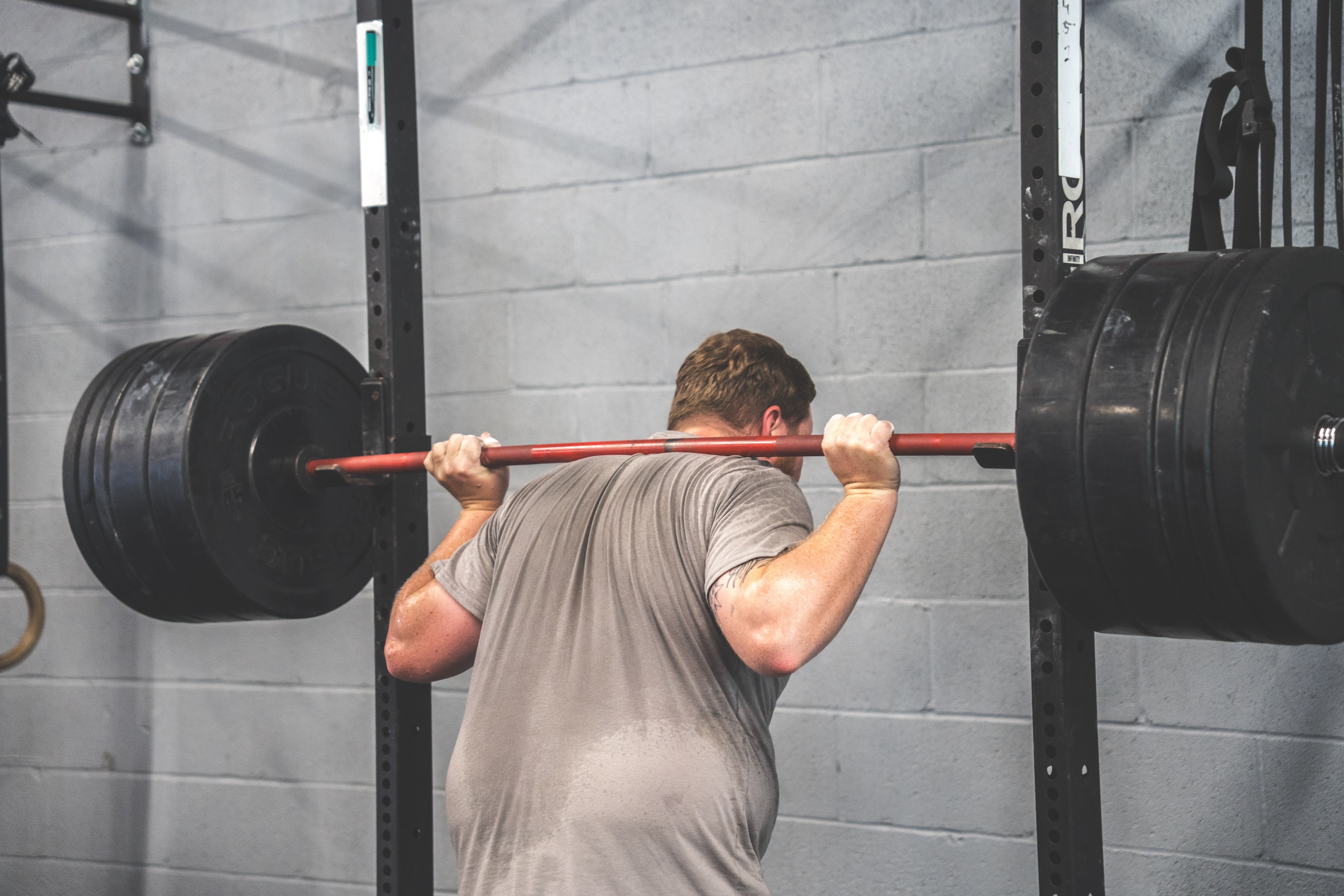

WEEK 3 of our Nutrition Challenge: This week is all about LUNCH! Keep those lunches focused on fueling you for life inside and outside the gym with whole unprocessed/minimally processed foods. Log it in your app to get credit.
It’s mid-July, and we’re still pushing hard. For Monday, there’s a 3-set couplet that tests breathing and consistency. On Tuesday, we increase distance and reps to challenge our pacing. By midweek, it’s our barbell conditioning workout, and this one might be the toughest yet, so be sure to make the necessary adjustments beforehand to maintain the stimulus. Thursday features a relaxing AMRAP triplet where athletes should keep moving continuously. Friday involves a high-skill challenge as we work through a descending rep scheme with barbell cycling and bar muscle-ups. Saturday’s partner workout is an enjoyable twist on a classic hero metcon, “Larry.”
EVENTS:
Fri July 18th - Evening at the Pool
Sat July 26th - Evening in the Park
Sat August 23rd - AMRAP 4 AUTISM - ask Coach Jerry or Coach Amanda about signing up!
Whiteboard of the Day
Athletes will be performing 3 sets of 2 front squats at 90%. The majority of athletes will keep a loose fingertip grip on the barbell while in the rack position. If needed due to mobility, athletes can let 1-2 fingers slip out of the front rack to aid in comfort, but should take this as a sign that they should consistently be working on front rack mobility outside of metcons. Elbows should stay high during the entirety of the lift, and athletes can think about “chasing the elbows” out of the squat to keep them elevated. Taking a deep breath in at the top and exhaling as you come out of the squat will help with stability and core engagement. If the athlete is unable to perform a front squat, allow them to modify to a back squat or a goblet squat.
After each set of front squats, athletes will perform three box jumps at a moderate to high height. Remind athletes to jump or step down after each rep (NO REBOUNDING). Pairing a strength movement with an explosive bodyweight movement that recruits similar muscle groups helps facilitate strength gains and the recruitment of fast-twitch muscle fibers. Substitute Wall Ball Toss (20/14) for athletes who are not comfortable with jumping.
This 12:00 AMRAP targets upper body stamina, core endurance, and light aerobic capacity. The dumbbell bench press taxes pressing strength and shoulder stability, GHDs build midline fatigue, and double unders elevate the heart rate while challenging coordination under fatigue.Pace early and stay consistent; this is not about speed, but quality volume. Expect triceps and midline fatigue to accumulate, so focus on posture, breathing, and smooth transitions to keep moving without blow-up. Use the clock to help keep rounds on pace.
Dumbbell Bench: Choose a weight that will allow for unbroken sets across rounds. Athletes will perform this movement with two dumbbells while lying on a flat bench. Athletes should start with dumbbells on their knees and “hop” them on one at a time while sitting back. Dumbbells will start extended overhead towards the ceiling and be brought down until contact with the chest is made. The shoulders should be loaded down and back against the bench to keep them in a strong, stable position throughout this movement. Athletes should bring their knees up to meet the dumbbells when sitting up and avoid dropping them to the side or throwing them down to prevent damage to the equipment and potential injury to their shoulders. Caution athletes from “grinding” through reps and encourage them to rack the dumbbells for a short rest period and then return to quality reps.
GHD situps: Pacing should be smooth and steady while trying to stay non-stop. Ensure athletes know how to adjust the GHD quickly if heights differ. Always speak to athletes about the risks of rhabdo when demoing GHDs (not to scare athletes, but to bring awareness). It’s important to mention that they should not apply heat to the muscles if they experience severe cramping, as this can make rhabdo worse. If an athlete suspects they have rhabdo or their urine turns a dark brown, they should go to the hospital immediately. The footpad setting on the GHD should allow the hips to be slightly past the peak of the hip pad while the legs are slightly bent. Focus when sitting back should be a slight bend in the knees, neutral head, and wide arms. Focus when sitting up should be an extension of the legs, throwing the arms, and breathing out. Athletes who are new or returning from a break are highly encouraged to modify this movement. Modify this movement to GHDs to parallel, strict abmat situps (hands behind the head or crossed over the chest) or abmat situps.
Double Unders: Athletes should aim for unbroken sets. Cue athletes to keep their hands by their sides and slightly in front of their bodies to keep the rope positioned correctly. For athletes who can do double unders somewhat regularly but are still developing the skill, allow them to start with double unders each round and finish the remaining reps in singles after hitting 5+ no reps in a round. Movement can be modified to the same number of single unders. The cut-off for athletes should be under 50 seconds to keep them on pace to finish within the target time.
STRENGTH:
Front Squat
3x2
2 Front Squat @90% + 4 Box Jumps (moderate-high height)
-complete 1 set every 3:00-
METCON:
Shaggy Rogers
Freedom (RX'd)
12:00 AMRAP
10 Dumbbell Bench Press (50s/35s)
15 GHDs
40 Double Unders
Independence
12:00 AMRAP
10 Dumbbell Bench Press (35s/25s)
10 GHDs
30 Double Unders
Liberty
12:00 AMRAP
10 Dumbbell Bench Press (light)
10 Sit Ups
30 Single Unders